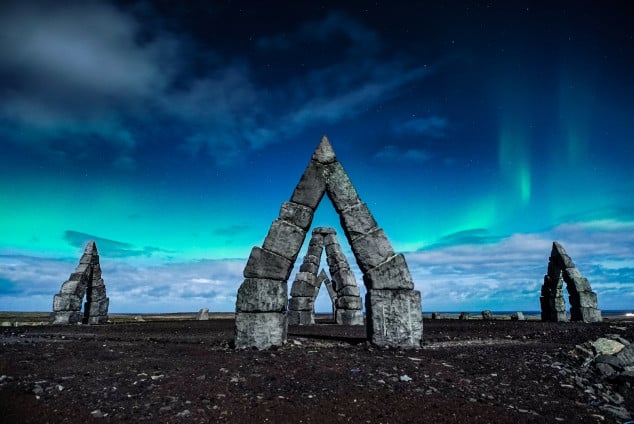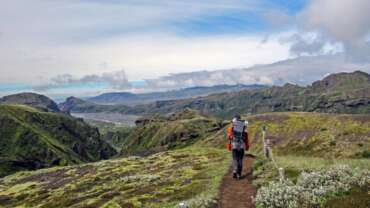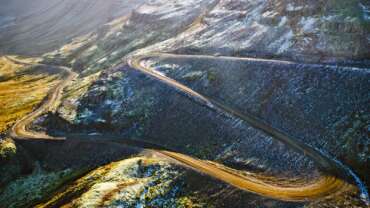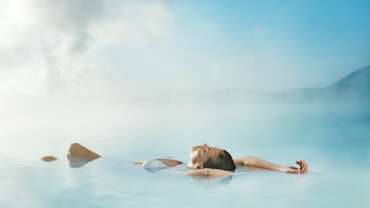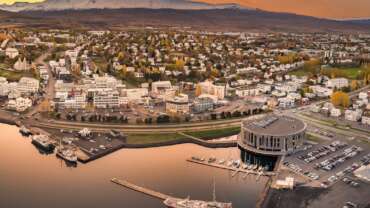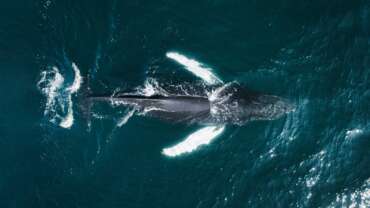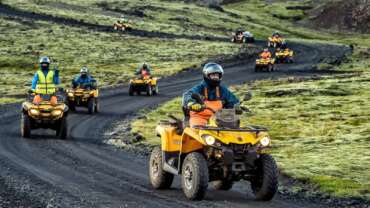Northern Lights in Iceland
The extreme dark of the icelandic winter has a few perks. Between september and april, iceland is treated to a magnificent natural display: the phenomenon of aurora borealis, or what we commonly call the northern lights.
THE NORTHERN LIGHTS IN ICELAND
The Aurora Borealis takes its name from the roman goddess of dawn, aurora, and the Greek name for the north wind, boreas. From September to April, Iceland is a hotspot for this magnificent lightshow.
The Aurora Borealis, more commonly referred to as the Northern Lights, is a natural phenomenon created when solar particles interact with the atmosphere in the Earth’s magnetic field. This releases energy, causing peculiar luminous green streaks across the skies.
On clear winter nights, sightseeing trips are organized around this spectacular—though fickle—natural phenomenon. The ideal location for sightings varies and excursion leaders are skilled in “hunting” the lights, finding locations where conditions are best for seeing them on any given night.
There are no guarantees that you will see the Northern Lights during your stay, but in most cases, sightings are immediately improved outside populated areas, especially away from the light-pollution of the capital. A number of hotels in the country side offer special Northern Lights wake-up service.
HOW TO TAKE A PHOTO OF THE NORTHERN LIGHTS
First things first: Clear skies. If the weather cooperates, you are already half-way there. You can always check weather conditions, cloud coverage and Aurora activity on the Icelandic Met Office Website.
As far as equipment goes, the most important thing you can bring is a tripod and a cable release to avoid the dreaded shaken-photo-syndrome. If you don’t have a cable release, set your camera’s self-timer to two or ten seconds’ shutter delay, if available.
There is no single setting for your camera that ensures great captures, but if you have manual options, you are probably best served with experimenting with various combinations of ISO, aperture, and exposure settings. As a rule of thumb, ISO setting between 800 and 3200, aperture between f/2.8 and f/5.6, and shutter speed at between 15 seconds and 30 seconds have proven effective.
Different combinations may give very different results. Higher ISO setting will allow you to capture faster exposures, but may also result in grainier images, for example. Note that shutter speeds of above 15 seconds will result in slight star movement. Wider angle lenses are usually more versatile in low light settings, but longer lenses give you different options for compositions. Make sure that you remove all lens filters, as they may distort images. You will probably get the best results with manual setting for infinite focal length.
THERE IS NO SINGLE IDEAL LOCATION FOR SIGHTINGS. IT VARIES DEPENDING ON WEATHER CONDITIONS.



